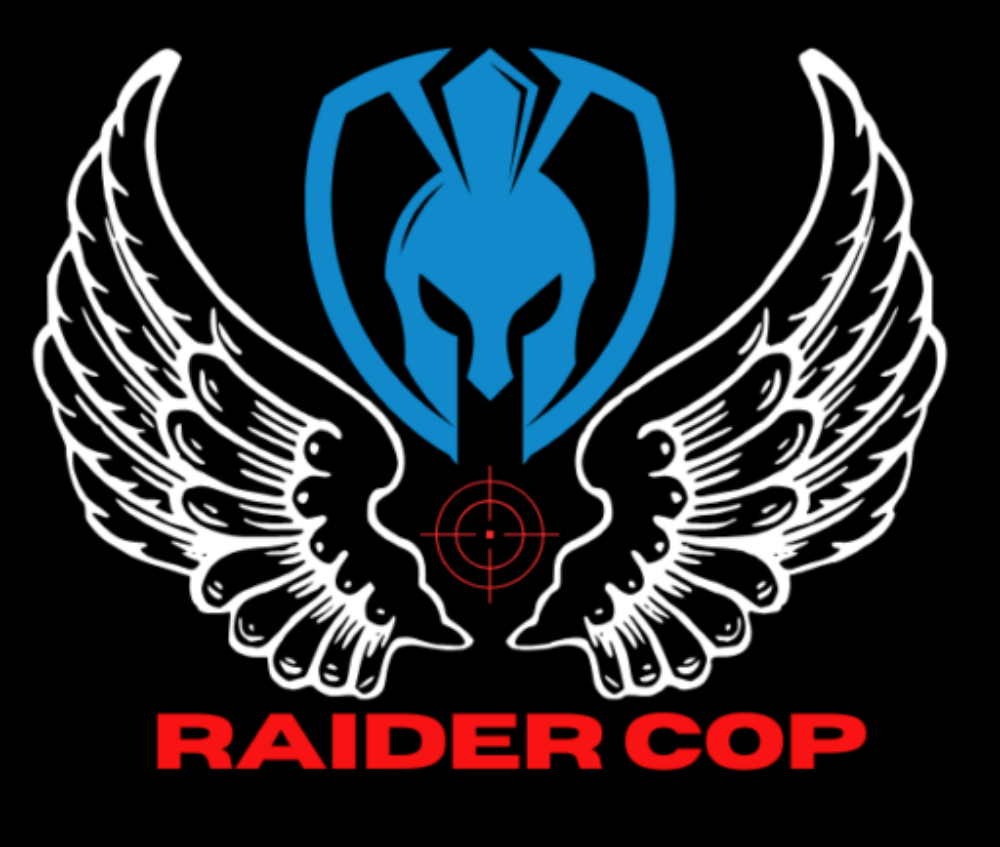
- Always treat every firearm as if it were loaded and ready to fire, whether you think it is or not.
- Every time you pick up, put down, or hand a firearm to another person, pull back the slide to the locked position or open thecylinder or bolt to physically and visually check that the firearm is not loaded. This is called a safety check.
Safety Note: Do not rely on your memory to determine if a firearm is loaded. It is your responsibility to check thefirearm and make sure it is safe to handle. - Always point the muzzle in a safe direction. This is very important when loading, unloading, or cleaning a firearm. If a weapon pointed in a safe direction fires, it causes no personal injury and minor, if any, property damage. The environment dictates what direction is safe. In a building, for instance, people may be above or below you.Safety Note: A safe direction is generally muzzle pointed down at a 45o angle away from your body with your finger outside the trigger guard. Be aware of your surroundings, and remember that people are moving around you at all times while you are on the range.
- Never point a firearm at anyone or anything that you do not intend to shoot, whether loaded or not.
- Keep your finger off the trigger and outside the trigger guard when drawing your firearm or returning it to your holster. 6. Never leave a loaded firearm unattended.
- 7. Clean a firearm each time it is fired, and fully inspect it once a week. Safety check a firearm each time you use it.
- Safety Note: Before cleaning or handling a firearm, make sure that it is unloaded and is pointed in a safe direction. Never clean a loaded firearm.
Rules for Firearms Safety on the Range

Follow these safety rules while on the firing range:
1. Immediately obey all directions and commands from the range instructor. 2. Care for and respect all firearms.
- Never abuse firearms. Safety first! Remember that it is your responsibility to keep yourself and others safe on the range.
- Perform a safety check each time you are issued or return a firearm.
- Report loose screws or loose sights to the range instructor.
3. Make sure that the range instructor inspects all firearms for proper function before training. 4. Always keep the firearm secure and in its holster until you are told to perform an action.
- Keep the safety or retention mechanisms engaged on holstered firearms at all times.
- Never unholster a firearm behind the firing line.
- When carrying unholstered firearms to and from the range, keep the action of the firearms open. The action is the mechanism of a firearm involved with presenting the round or cartridge for firing, and in removing the spent casing and introducing a fresh round or cartridge. This is known as “cycling the gun.”Spent casing refers to the metal part of ammunition that is ejected from the weapon once a round has been fired, which then makes room for a new live ammunition round.The following examples are how you will carry the firearm with the action open—meaning that there is no round present, and that the firearm is in a safe mode to carry.
- Carrypistolswiththeirmagazinesremoved,actionopen,andmuzzlepointedinasafedirection(safetyon,ifapplicable).
- Carry revolvers by the tops of their frames with your fingers through the cylinder opening and the muzzle pointed in a safe direction.
- Carry shotguns and rifles with their muzzles pointing in a safe direction, actions open, and with the safety mechanism engaged.
- Keep your finger off the trigger and outside the trigger guard when drawing the firearm or returning it to your holster.
- Do not do anything until the range instructor provides you with instructions. Follow the range instructor’s commands.
- “Load” only on the range instructor’s command.
- Do NOT retrieve dropped ammunition, speed loaders, magazines, or equipment until the range instructor declares it safe to do so.Safety Note: Perform unloading procedures even if the firearm is unloaded when the range instructor issues the “unload” command.
- You may “leave the firing line” only at the range instructor’s command.
- Always point unholstered firearms in a safe direction.
- Stop firing immediately at the “cease fire” command.
- Never handle firearms on the firing line while someone is downrange.
- Dry fire on the firing line only under a range instructor’s supervision.
- Use only ammunition that is appropriate for your firearm. Your instructor will provide the ammunition you will use on the range.
- Use ear and eye protection on or near the firing line.
- Do not talk during range exercises unless your instructor speaks to you or in an emergency.
- Do not eat or use tobacco products on the firing line.
- Be courteous to fellow shooters.
- When not training, watch other shooters and listen to the range instructor.
- If you drop a firearm, do not pick it up; notify the range instructor immediately.
- If a weapon fails to fire, keep it pointed in a safe direction and attempt to clear the malfunction. If you cannot solve the issue, notify the range instructor by raising your support hand.
- Immediately report all injuries to an academy staff member. Know the location of the first aid kit on the range
- At the completion of the firearms course, do not load your firearm with full mental jacket rounds, use only duty rounds.
